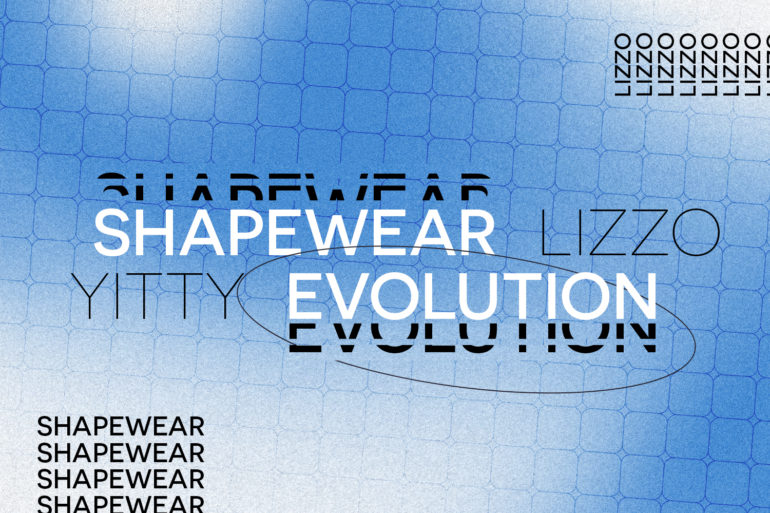She’s the flute-playing queen of TikTok, the singer of “Truth Hurts” and “Good As Hell”, and she may have just launched the most diverse shapewear line that the fashion industry has ever seen. Yitty by Lizzo in partnership with Fabletics dropped on April 12th.
Melissa Viviane Jefferson, known as Lizzo, is the singer-rapper-songwriter triple threat that took the world by storm. During the pandemic, Lizzo turned to TikTok and started connecting with her audience on an even deeper level. She became more open about her personal struggles and how the hate comments have affected her mental health. Her videos showing her body in vulnerable states went viral. Lizzo would talk about her relationship with food and working out, becoming a great role model to anyone who came across her content.
The shapewear trend dates back to 1600 B.C.E. in Ancient Greece, where women would wear belts made of metal or leather to constrict their stomachs. In the Middle Ages, the oversized smocks and chemises worn by women had a woven-in bodice to tighten their waists. Later on, the corset that we most commonly think of today was in high fashion, set the standard for centuries of shapewear.
Even today, the corset is one of the most well-known and widely-used shapewear methods. More than ever, current women’s fashion trends incorporate traditional corsets and corset-like pieces. Don’t be mistaken; shapewear and body-altering clothing never went away. Now, popular brands like White Fox Boutique, Revolve and Urban Outfitters are releasing their corsets.
When anyone hears the term shapewear, the term that comes to mind is Spanx. Not only a brand name, but the term “Spanx” is used to describe a compression-like short, legging, or bodysuit that sucks in the waist and shapes the legs. The most recent brand, SKIMS, Kim Kardashian’s shapewear and clothing brand, is commonly known as “not your mother’s spanx.”The brand wanted to take on the fashion industry and change the way consumers view shapewear as a whole. We were initially taught to hide our bodies and shape them to appear thinner. Shapewear is meant to boost our confidence while wearing certain outfits. This new definition of shapewear, while heading in the right direction, still has the underlying message of “your body isn’t right how it is, here’s something that will alter it.”
While brands such as SKIMS have inclusive size ranges as well as body-inclusive campaigns, plus-sized bodies are rarely found in shapewear ads. In SKIMS newest launch of their swimwear collection, the brand received negative comments for editing Tyra Banks’ body in their Instagram campaign. Why is a brand’s plus-size standard Tyra Banks? Many in the plus-size community felt not represented.
Now we have Yitty, a shapewear brand that ranges from size 6X-XS. As a spokesperson for plus-sized people, the black community, and women in general, her release of shapewear feels like the representation this fashion sector has needed for quite some time. Lizzo’s goal is not to change the body’s appearance but simply to offer compression garments that people of any size can feel good in and comfortably wear. Lizzo wants to change the conversation about people’s bodies and body image in general. “I want to create a product that doesn’t breed shame, as there was a lot of shame with me wearing shapewear growing up.” She continues to inspire us all to feel the best version of ourselves. A motto in Lizzo’s life: “don’t shrink yourself in a literal way to make people comfortable, don’t shrink yourself creatively.”
Words by Amanda Applebaum.
Graphic by Aanvik Singh.

